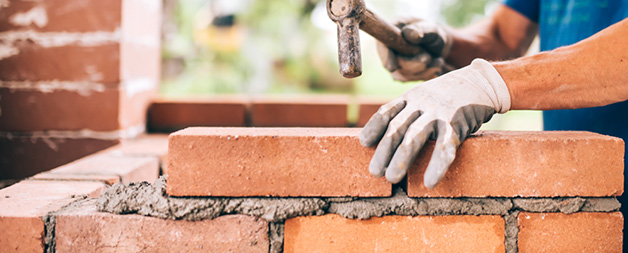
Having Firm Foundations
Whether it’s your house, your education, your mental or physical health, to build something that is strong and resilient, that can be safely pushed, pulled and extended, you need a firm foundation.
Having a strong, functional, and mobile body is going to help you be much less prone to injury and better able to perform your everyday activities with ease. You’ll be amazed at the positive affect it has on your energy, focus, mental wellbeing and overall quality of life.
Developing a good training technique is the most important aspect of building a firm foundation. It sets you up for productive and injury-free work and training over the years.
The starting point for functional Strength
1. The Squat

This is heavily regarded as the king of all exercises, and there’s a good reason for that - it is one of the best movements you can perform to strengthen your lower body, as well as improve your balance and coordination.
Key considerations whenever performing a squat are:
- Stick your butt out first
- Lower yourself through your heels
- Always keep your knees behind the fron line of your toes
- Keep your chest up
2. Lunge

Much like the squat, the lunge gives lower body functional strength and stability. Same rule applies in regards to lowering your body behind the line of your toes and putting your weight through the back leg.
Variations can be added using weights, or walking forwards or backwards.
3. Hip Bridge

The Hip bridge does a great job at working the glutes, the hip extensor muscles, and activating your core abdominals, by squeezing your belly button in tight while performing the exercise.
Variations can include single leg list and a variety of hold durations.
The bottom line on exercises
Sure, there are a million more lower-body exercises, but these three are going to deliver the best bang for your buck. Always remember to practice good form and make sure that your performance is improving over time.
How to stay mobile & injury free
If we look at training as the vehicle you need to take you to a strong lower body and a firm foundation, then being mobile and having the freedom of movement would be the fuel for that vehicle. If you don’t have the flexibility to move well, your workouts won’t be as productive, and your risk of injury would be much higher.
Here’s how to stay safe in two steps:
1. Warm-up properly
A proper warm-up serves to prepare your body for the workout ahead. It raises your core body temperature, warms up the synovial fluid in your joints, primes your nervous system, and loosens up your joints.
Start off with some light cardio for 5 to 10 minutes to get your blood moving and follow up with a dynamic stretching routine.
I recommend doing static stretching as part of your cooldown (or on a separate day) rather than warm-up because research has shown that it may acutely decrease your performance.
2. Have a stretching routine
This is where static stretching shines. Spending 10-15 minutes every other day to stretch out your lower body muscles (with a heavy emphasis on your groin area) will help you maintain good range of motion and avoid injuries.
That, coupled with the dynamic stretching you do in your warm-ups will be plenty for you to stay safe and loose.
A regular stretching program within an hour or so of bed time can be a great routine to help promote healthy sleep, and release some of the muscle load built up during the day.






Comments